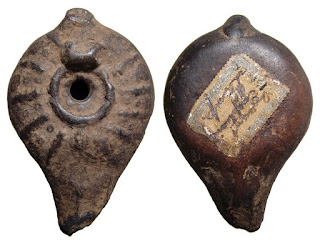A brief introduction to the Cycladic civilization
Considered a Bronze Age civilization, the group of people who were a part of the Cycladic civilization lived in a group of islands known as the Cyclades. They thrived from 3200 - 1100 BC and were known for their distinctive art and culture. Sadigh Gallery carries a collection of Cycladic idols that collectors of ancient artifacts will surely love. This blog post aims to introduce readers to this civilization.
 |
Image source: Britannica.com |
Studies reveal that there have been deposits of copper and tin that allowed the group of people to create their tools. Archeologists have also discovered frying pan pots from their early settlements that had circular and spiral designs along with vases and other household items.
 |
Image source: Sadighgallery.com |
According to the team at Sadigh Gallery, Cycladic art belongs to the three main branches of Aegean art with the Minoans and Mycenaeans. In the past, many people became interested with Cycladic idols. More than its religious and cultural significance, these artifacts became sought-after during the 20th century for their distinctive look that modern artists saw as a good example for their own work. Some figures were made of marble, black basalt, and other materials that can stand the test of time. While many assume that these "idols" were buried with the dead, later discoveries seem to show that many households kept these figures as a display.
While there's still much to know about the Cycladic civilization along with other early residents of the Aegean region, it's interesting to note that the craftsmanship of these ancient people continues to influence artists.
Sadigh Gallery is a New York based, family-owned ancient art gallery specializing in handling and selling ancient artworks and coins. For more artifacts-related posts, check out this blog.



Comments
Post a Comment